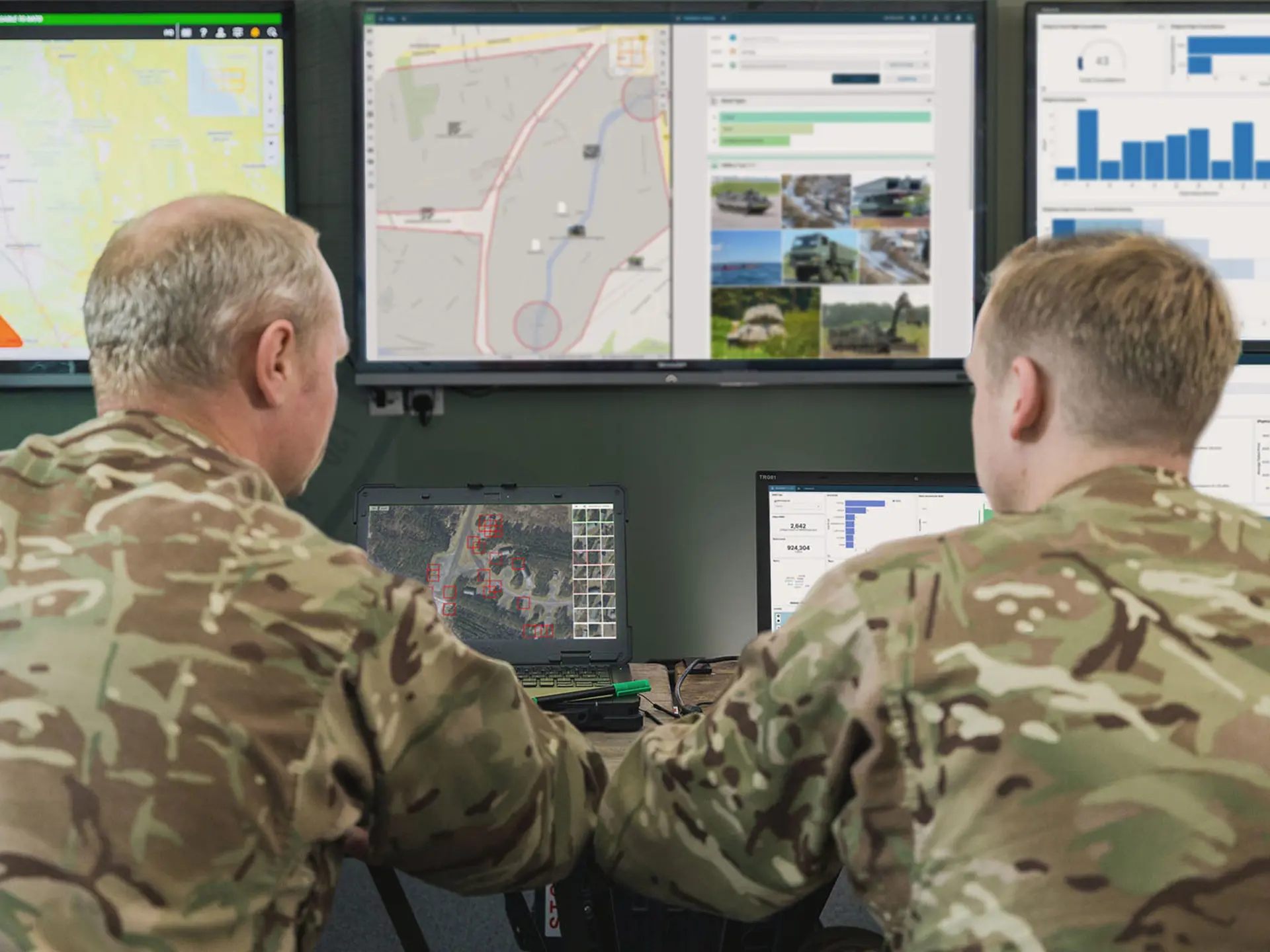Assuring data fidelity for successful insights
As the role of data increases on the battlefield for the delivery of critical insight, ensuring both the flow and accuracy of this data is becoming more important.
With the proliferation of sensors on the battlefield, the data that they produce is being increasingly leveraged to support situational awareness, shape decisions, and deliver effects. Complete fidelity of the data environment allows for this leveraging to be successful, and requires some core facets to be addressed.
Ensuring the logistics around the transport and security of data helps every battlefield data customer gain the most out of the digitalised battlespace; and gives them the ability to act with confidence that their mission will be successful. The structuring and completeness of battlefield data also impacts on its ability to deliver insight to users, requiring additional work to fully unlock its potential.
There are some key questions to be asked around data quality and delivery, which we will explore here.
Where is your data stored?
Where data is located can be a major factor in its availability, usability, and employments. Known as data sovereignty, data stored in third-party countries can ultimately become export controlled, restricted, or subject to discovery and exploitation.
Keeping the data in an owned environment, where legal regulations and controls are best understood, is the best approach. This minimises the risk of data loss, allows full transparency of the decision-making process, and provides assured data logistics.
Keeping data repositories – either as a data lake or a server – close to the userbase also serves to reduce the latency between data creation, processing and analysis, storage, and retrieval. Critical intelligence on time-sensitive targets can be lost if data processing relies on long data logistical backhauls to home bases.

Deployed servers can help with reducing latency and improving access to intelligence, but come with challenges around computing power, scalability, data processing software requirements, and specialist access for analysis. As a result, cloud-based solutions may be favourable, but come with requirements of ensuring the location of the datacentres and the logistical communications remain secure.
As conflicts expand into the cyber domain and the threat of peer- and near-peer conflict increases, addressing the broadening of the battlespace becomes increasingly important, as command-and-control nodes and data centres become more likely to be attacked. Having the ability to choose the delivery architecture for your data, as well as policies around data warehousing, synchronisation, and redundancy, can help to ensure that there is resiliency in your intelligence capabilities.
Is your data properly structured?
Data accessibility can also be defined by its structure. Structured data is when data is placed into a standardised format or schema that allows for it to be easily accessed and processed by computer systems or humans alike.
Within a military environment, structured data allows relationships to be created and context delivered, as a datapoint is then embedded against other datapoints. This could range from target locations at a certain time, through to the number of objects and their dimensions.
Unstructured data attributes – such as analyst comments – can be useful; but are best leveraged once placed into a structured environment.

In addition to basic parameters generated by sensors, analysts can add additional metatags to a piece of intelligence, helping to maximise its discoverability when other analysts work through a dataset. This helps reduce the role of unstructured data attributes, while ensuring that analysts working to uncover a pattern-of-life or anomalies can correctly identify datapoints within large amounts of data.
Artificial intelligence technologies, such as computer vision and natural language processing, can parse and process unstructured data to help bring structure to delivered data. This helps to bring structure and accessibility to unstructured data, while also freeing up analysts’ time by making suggestions or automating tasks that may otherwise be extremely mandraulic.
How can you improve the completeness of a dataset?
A sensor can only provide a partial image of the battlespace, and requires the support of additional sensors, databases, and analysts to provide a full picture. This can be challenged when working in environments where communications may be limited – either through a contested electromagnetic spectrum or due to limitations of communications caused by geography. Operating in high levels of latency and low data quality means that commanders often have to make judgements based on incomplete data, or wait for longer periods than they may want to obtain critical information.
Third-party databases can support a sensor, by adding in further contextual information into a structured data file about a target. For example, a sensor locating a tank on the battlefield can have further information built around the datapoint from other sources. This data could include the range of weapons and sensors, helping a commander identify an enemy’s capabilities, order of battle, blind spots, and range limitations.
Automatically fusing these data sources, using software solutions like SitaWare Insight, has the benefit of improved situational awareness and risk identification. This can be used by commanders to help shape their decision-making process, allow them to develop plans with a greater chance of success, and anticipate future challenges.









